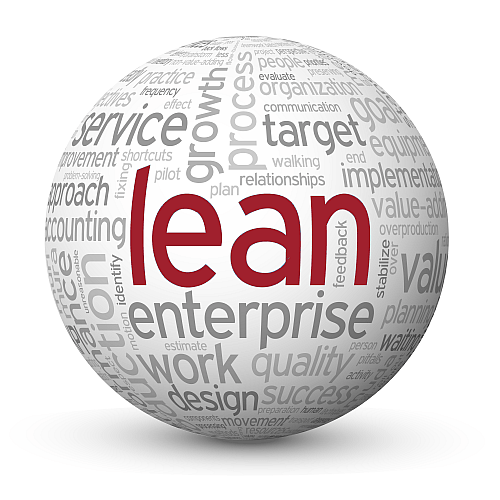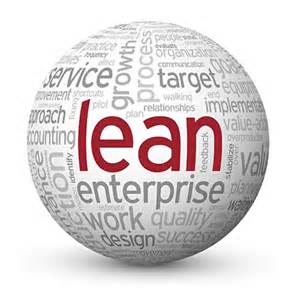Category: Lean Manufacturing
 Lean Manufacturing
Lean Manufacturing
Discover the tools and techniques that manufacturers use to create profitability and delight their customers. Learn how the principles of lean manufacturing create value for the customer; among partners in the supply chain; and for any enterprise who would like increased visibility and velocity for their production processes.
Our experts also show how lean manufacturing works within a technologically-enabled, synchronized environment. They explain how supply chain experts are using Lean, the theory of constraints (TOC) and Six Sigma to effect real-world improvements — opening up capacity and enabling manufacturers to react to changes in customer needs.
Lean Manufacturing in Practice
Making Sense of Complex Manufacturing Systems to Get Lean
Lean Manufacturing Leadership Tools
Using Lean to Be More Demand-Driven
The Theory of Constraints
How TOC Can Change Your Lean Worldview
Fast Results Using TOC in Demand-Driven Manufacturing Part 2
Using Lean Tools to Change Manufacturing Processes
What To Use to Become More Demand-Driven
When Manufacturing Improvements Have Too High a Price
Using TOC to Become a Leaner Enterprise
Lean Manufacturing Resources
 Understand the metrics that drive lean manufacturing growth. Learn about actual companies who have made the lean manufacturing changes needed to experience growth, profit and control costs. Download now.
Understand the metrics that drive lean manufacturing growth. Learn about actual companies who have made the lean manufacturing changes needed to experience growth, profit and control costs. Download now.
-

Lean Manufacturing Driven by Rapid Return on eKanban Technology Investment
Lean Manufacturing relies heavily on trusted relationships with suppliers and pre-negotiated terms of engagement. Through the use of supplier quality certifications and blanket (long-term) purchase orders, a manufacturer can accurately and effectively calculate the optimal level of inventory needed to fulfill demand requirements through the duration of replenishment lead time. Ensuring supplier performance When a…
-

Demand Driven Manufacturing in the Engineer-to-Order Space
Aligning Lean Manufacturing and Continuous Improvement Practices Demand-driven manufacturing (DDM) is an approach to manufacturing where production is based on actual demand rather than forecasts. DDM enables a synchronized, closed loop between customer orders, production scheduling and manufacturing execution – all while simultaneously coordinating the flow of materials and resources across the supply chain. The…
-

Modern Metrics
How Technology Has Changed What We Measure The two areas of my working world are embracing technology like never before: Marketing and manufacturing. While digital content and automated technologies gave birth to the modern marketer, a more real-time, digitally connected enterprise is driving modern manufacturing strategies like the Factory of the Future, Smart Manufacturing and…
-

Demand-Driven Technologies Evolved
By John Maher When I first began instituting demand-driven practices in the late 90s, we were into creating pull, eliminating waste, and getting on a path of continuous improvement. Technology at the time was seen as an inhibitor rather than an enabler. Most people active in Constraints Management and Lean Manufacturing were abandoning their technology…
-

Smooth the rough spots with TOC, then Lean – and fine-tune with Six Sigma
What Grade of Sandpaper Will You Use? Part Four Here we are at the final installment of our four-part, Sandpaper blog series about when to use the tools of Lean Manufacturing, the Theory of Constraints (TOC) and Six Sigma to address constraints, drive flow and promote continuous improvement. With regard to sandpaper, I talked a…
-

Common Lean Manufacturing Software Project Constraints
Leveraging Project “Constraints” and Maximizing Results As a project manager for demand-driven, lean manufacturing software, I have more than a nodding acquaintance with the theory of constraints (TOC). What I find quite remarkable is the ability to apply the theory of constraints to other…
